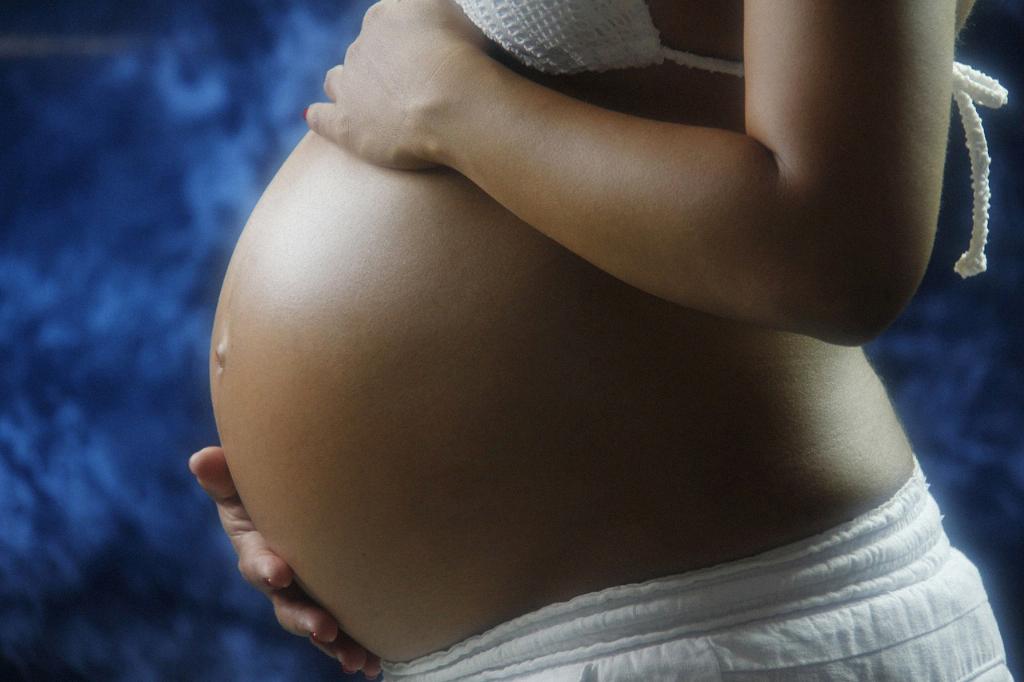So, you’ve received the exciting news that you are expecting, and now you may be wondering when is the right time to start wearing pregnancy clothes. This is a common question among expecting mothers, as they navigate through the changes in their body shape and size. While the answer may vary for each woman, there are some general guidelines that can help you determine when it’s time to make the switch to maternity wear.
For many women, the need to start wearing pregnancy clothes typically arises around the start of the second trimester. This is usually between weeks 13 to 16 of pregnancy. During this time, your baby bump begins to show more prominently, and your regular clothes may start feeling tight and uncomfortable around your waist and hips.
It’s important to keep in mind that every woman’s body is unique, and the timing of when to start wearing maternity clothes can vary. Some women may find themselves needing to switch to pregnancy wear earlier in their first trimester, especially if they are carrying multiples or have experienced rapid weight gain. On the other hand, some women may be able to comfortably wear their regular clothes well into their second trimester.
When you do decide it’s time to start wearing pregnancy clothes, it’s essential to choose pieces that will not only accommodate your growing bump but also flatter your body shape throughout all stages of pregnancy. Look for clothing items with stretchy fabrics that can expand with your belly, such as leggings, maternity jeans, and dresses with empire waistlines.
Another factor to consider when deciding when to start wearing pregnancy clothes is your comfort. As your body undergoes changes during pregnancy, you may experience bloating, tenderness, and sensitivity in various areas. Maternity clothes are designed to provide support and comfort to your changing body, helping you feel more at ease as you go about your daily activities.
If you find that your regular clothes are becoming too snug around your midsection, causing discomfort or leaving marks on your skin, these are signs that it’s time to invest in some maternity wear. Making the switch to pregnancy clothes can alleviate any discomfort and allow you to move freely without feeling constricted.
As you transition to wearing pregnancy clothes, consider building a versatile maternity wardrobe that includes a mix of essentials such as maternity tops, bottoms, dresses, and outerwear. Having a variety of outfits to choose from will give you the flexibility to create different looks for various occasions, whether it’s a casual day out or a formal event.
Don’t feel pressured to rush into buying a whole new wardrobe all at once. You can start by gradually adding key maternity pieces to your closet as needed. Pay attention to how your body is changing and listen to its cues to determine when certain items of clothing no longer fit comfortably.
Keep in mind that maternity clothes are designed to grow with you throughout your pregnancy, so it’s normal for these garments to have a bit of extra room to accommodate your expanding belly. Opt for clothing items that provide enough stretch and adjustability to ensure a comfortable fit as your bump continues to grow.
Remember, the most important thing is to prioritize your comfort and well-being during this special time in your life. Embrace the changes happening to your body and celebrate the beauty of pregnancy by choosing clothes that make you feel confident, supported, and stylish as you embark on this incredible journey to motherhood.
In conclusion, the decision of when to start wearing pregnancy clothes ultimately depends on your individual comfort, body shape, and personal preferences. Listen to your body, embrace the changes, and choose maternity wear that makes you feel good both inside and out.

